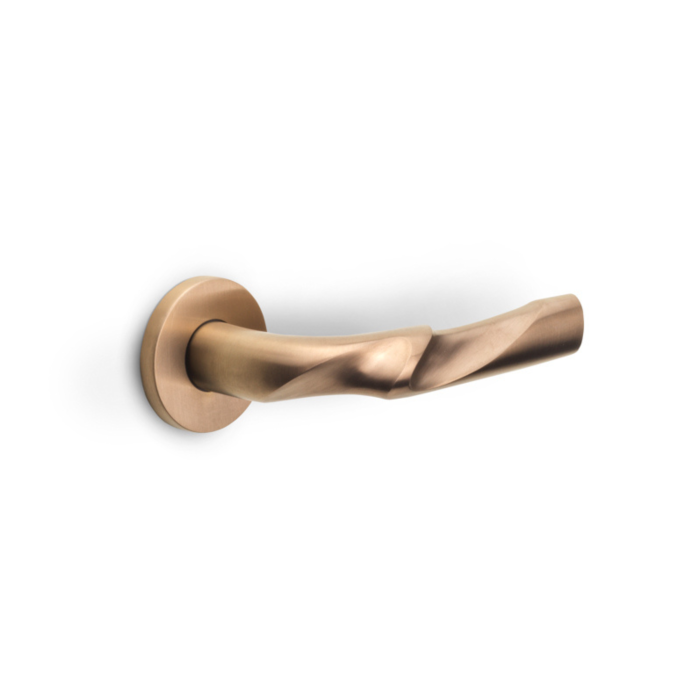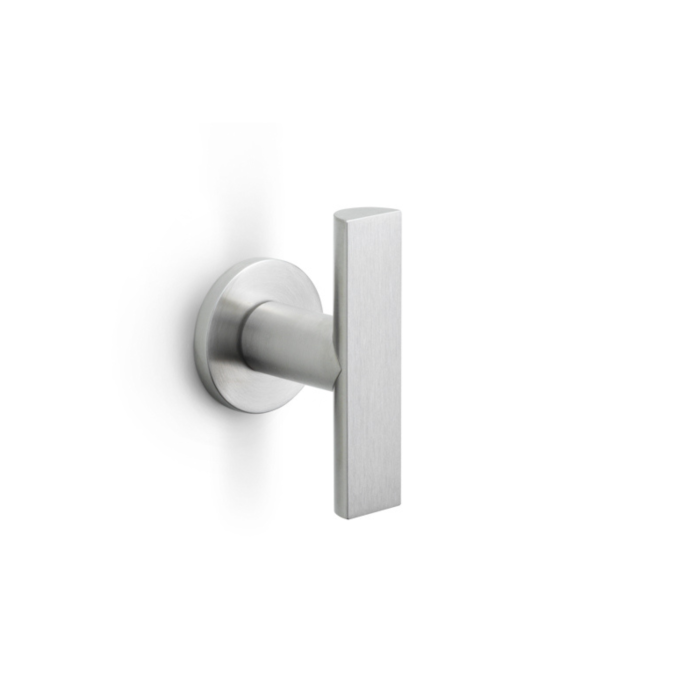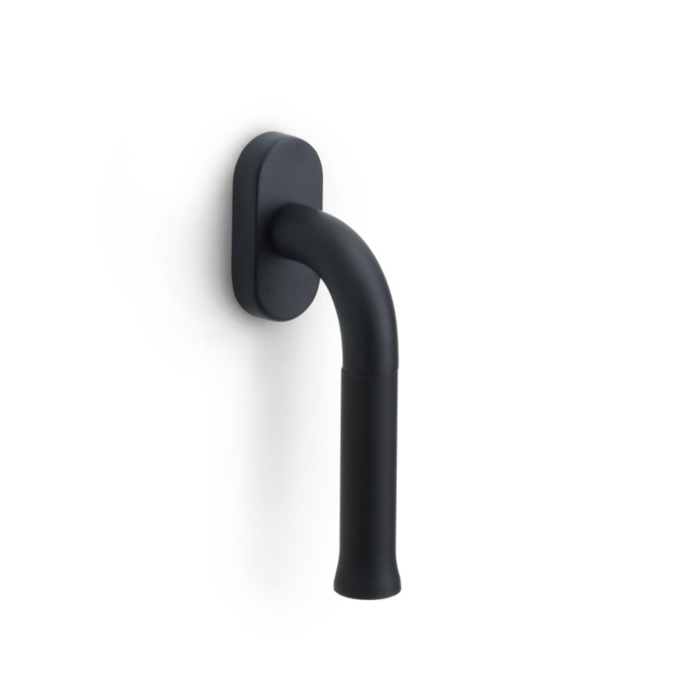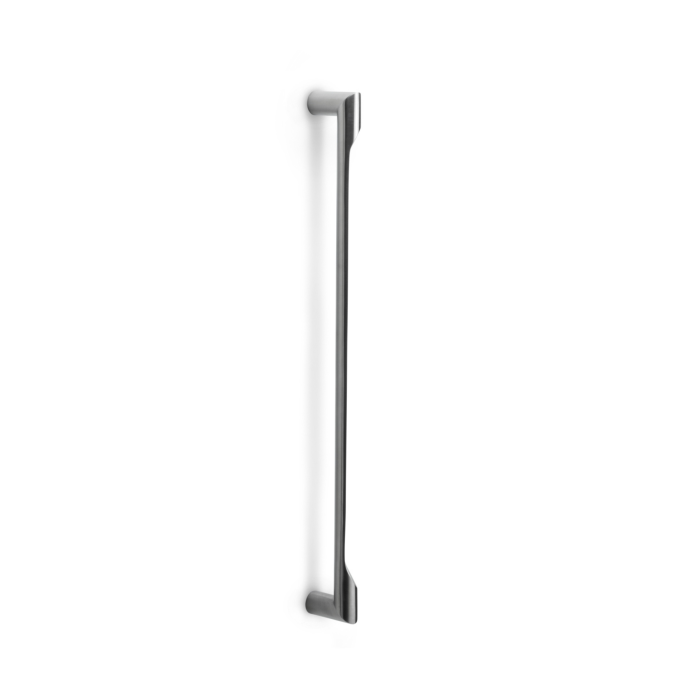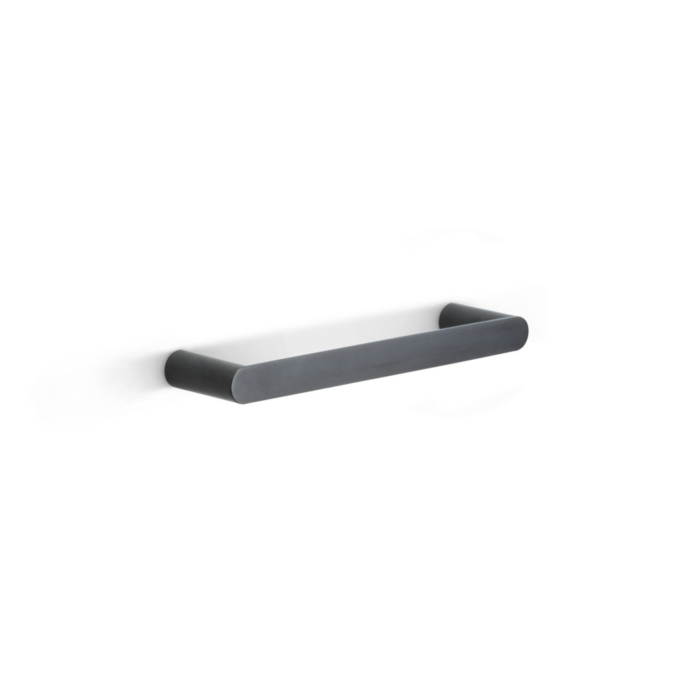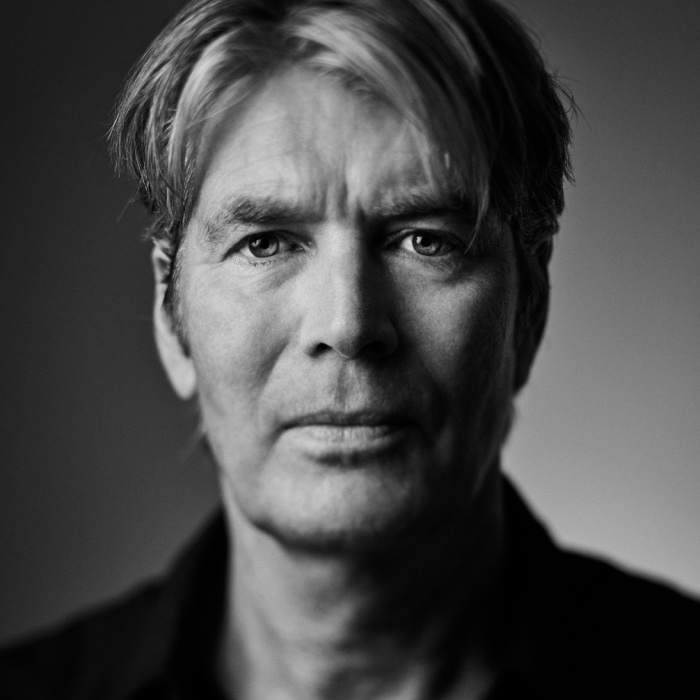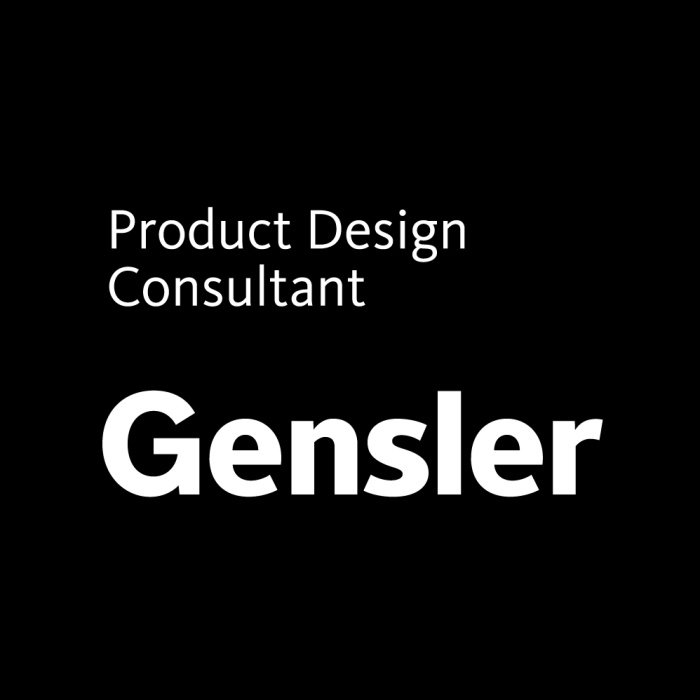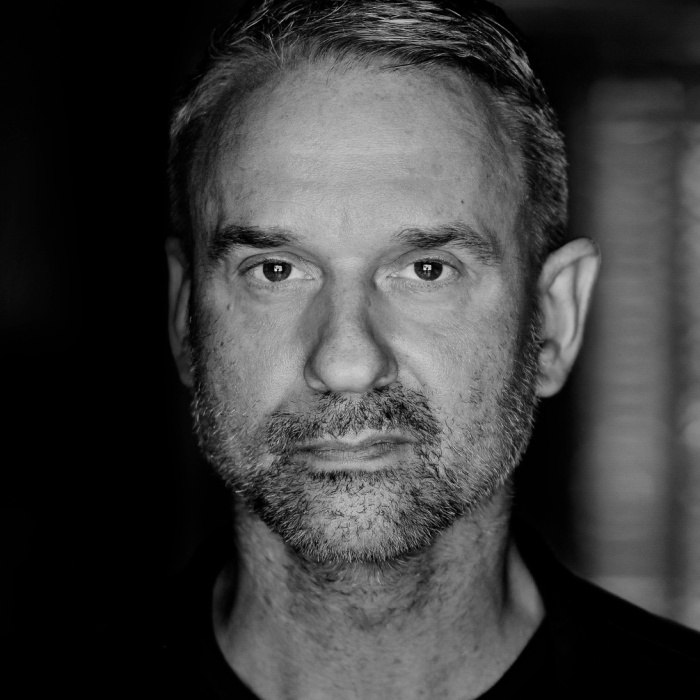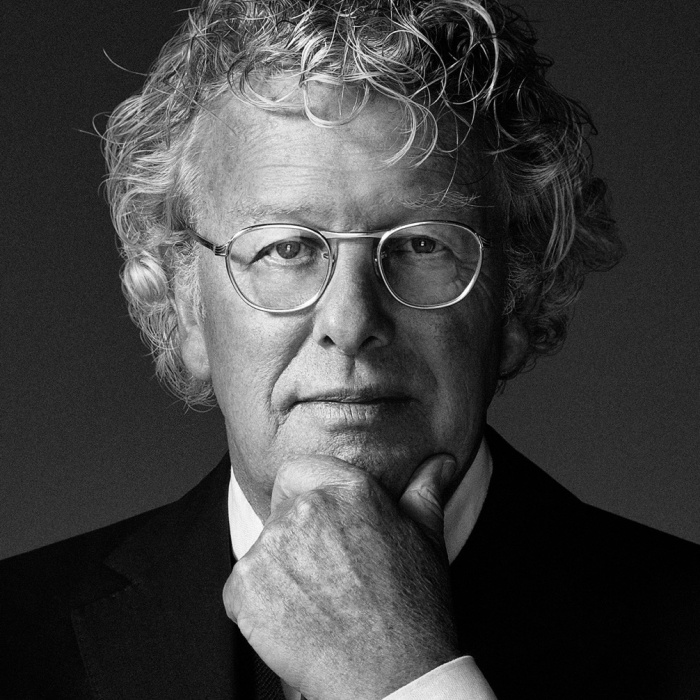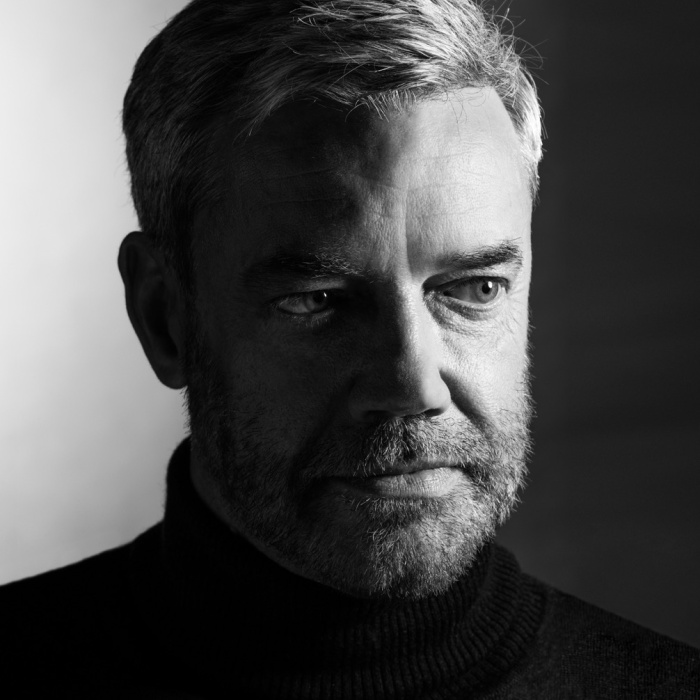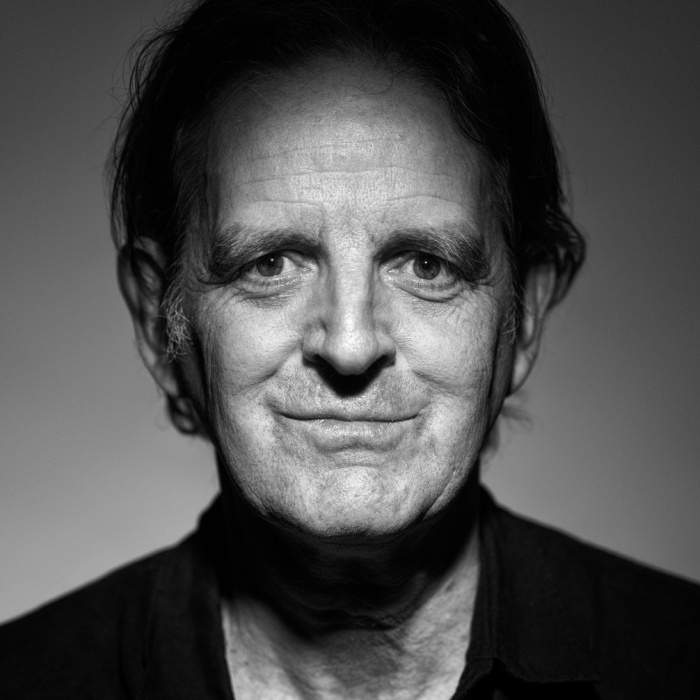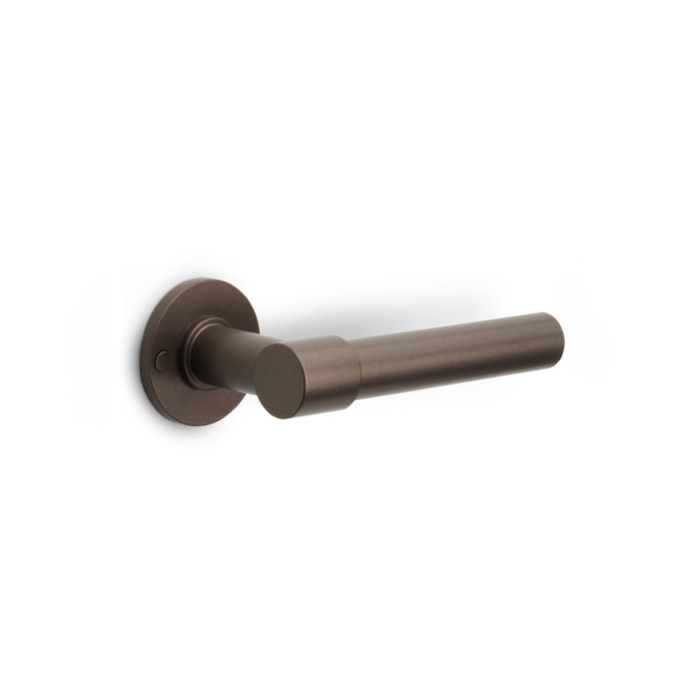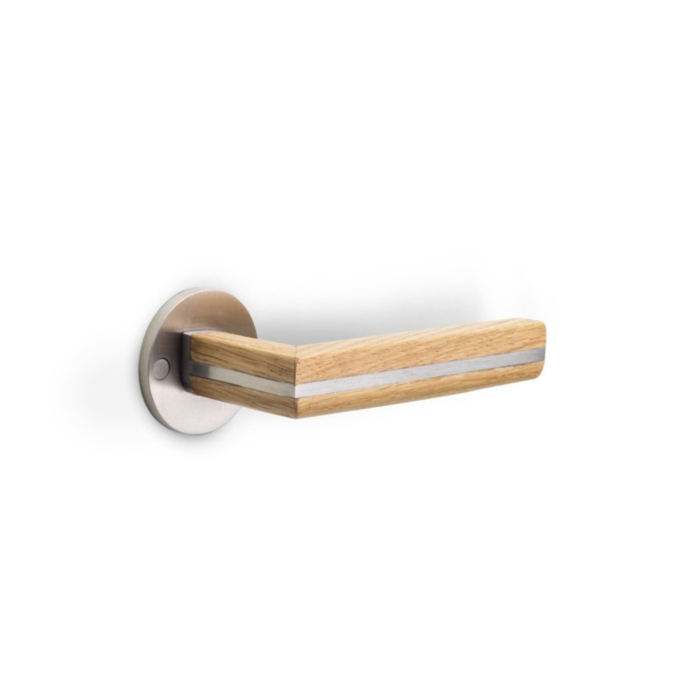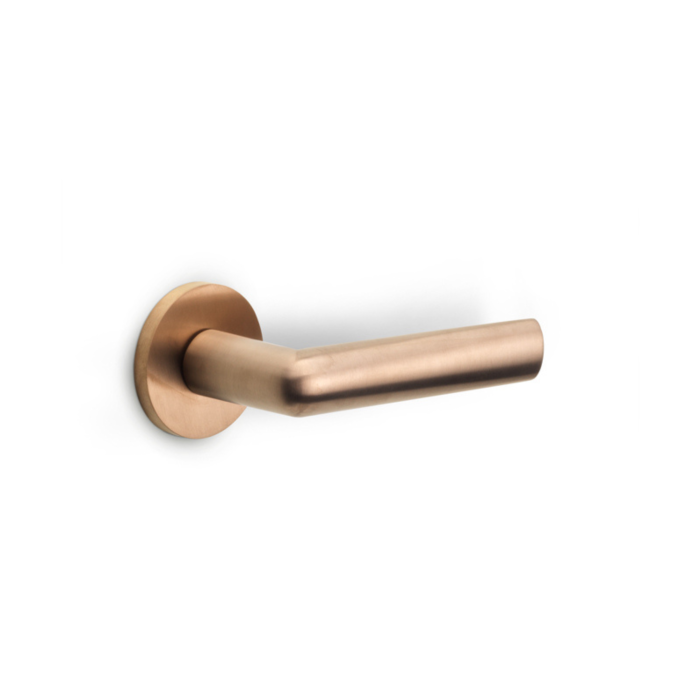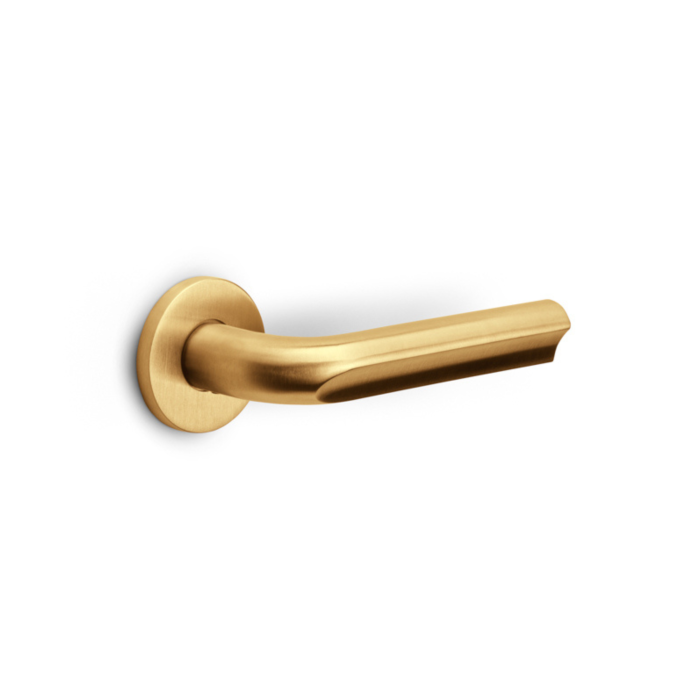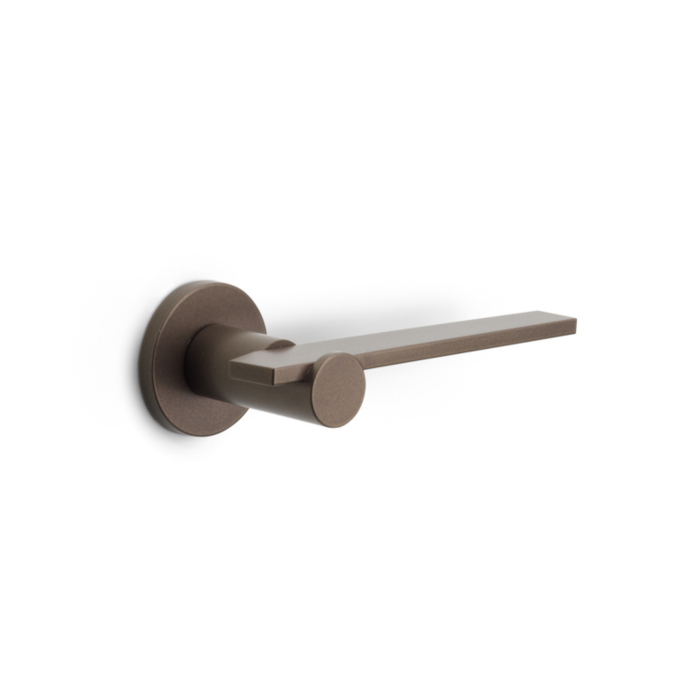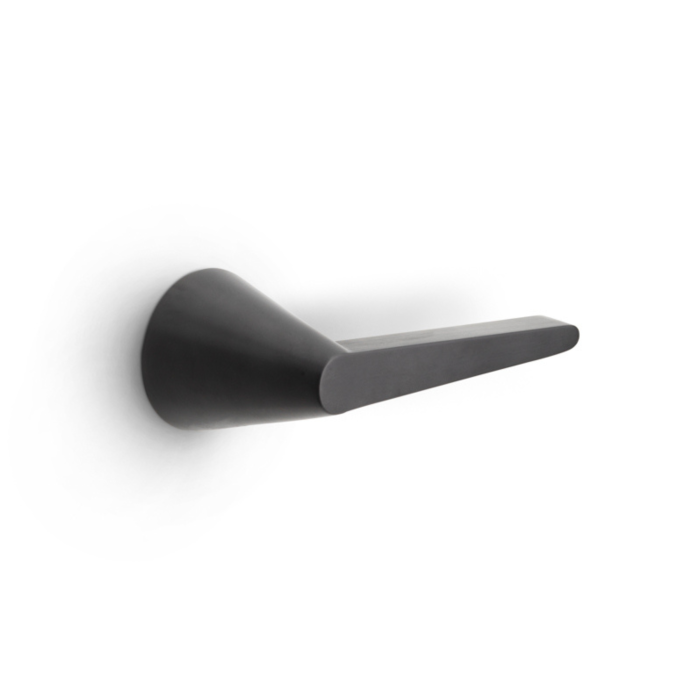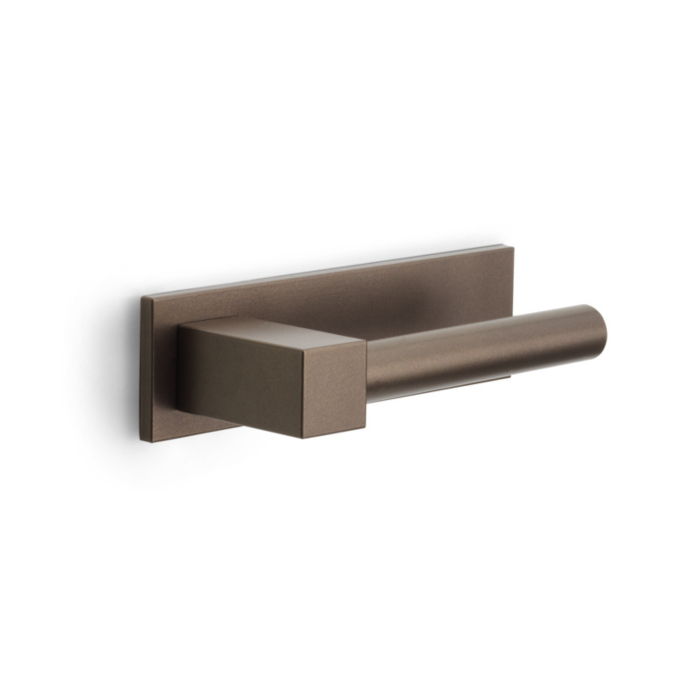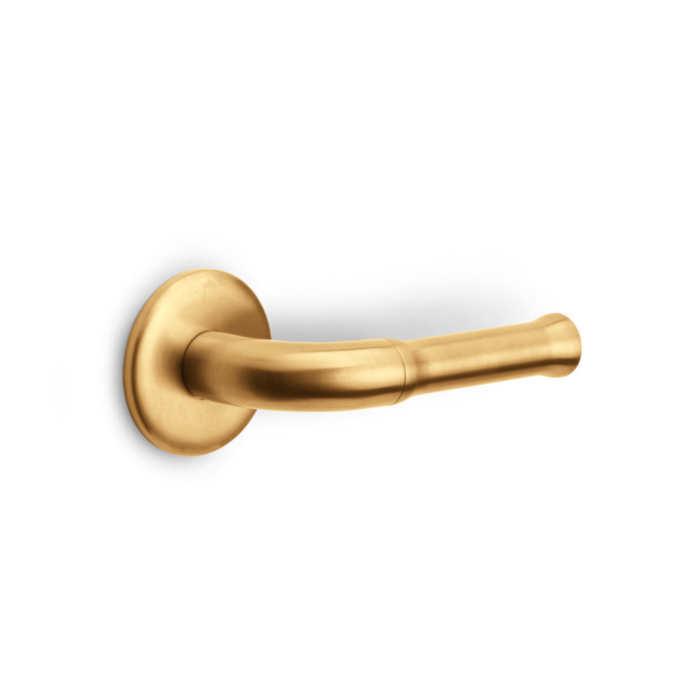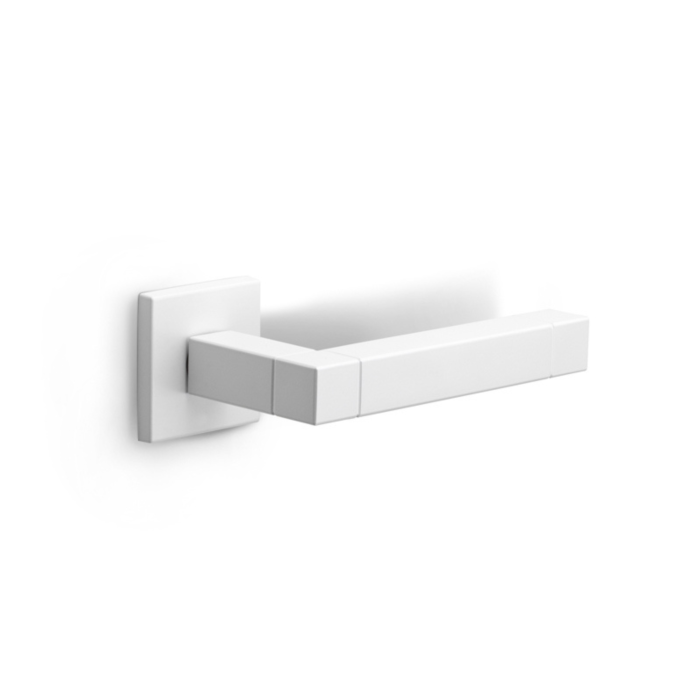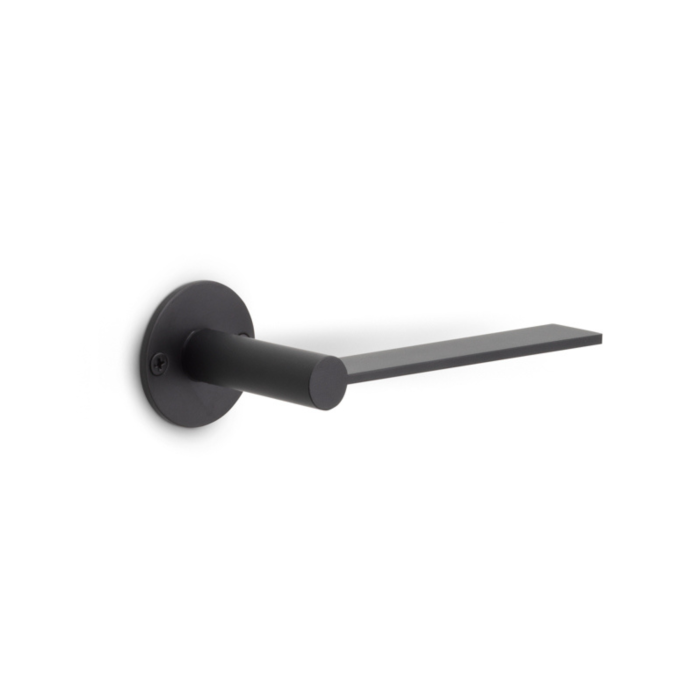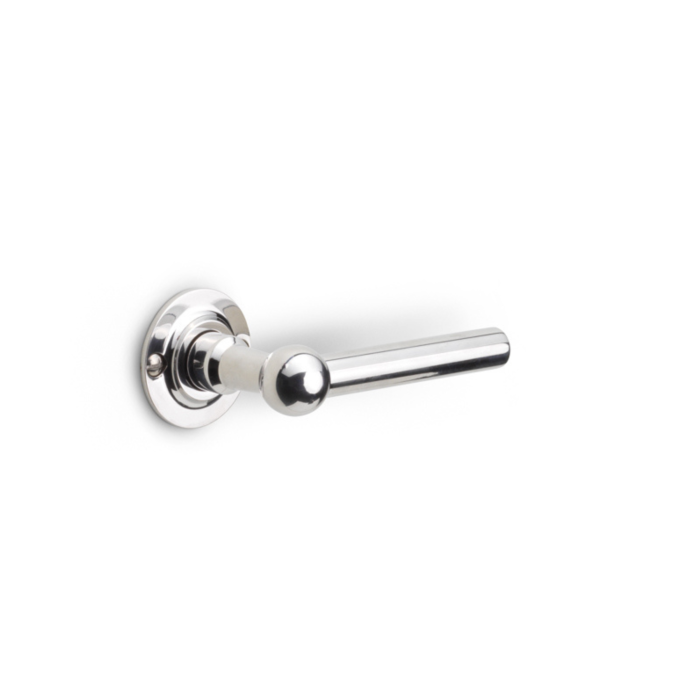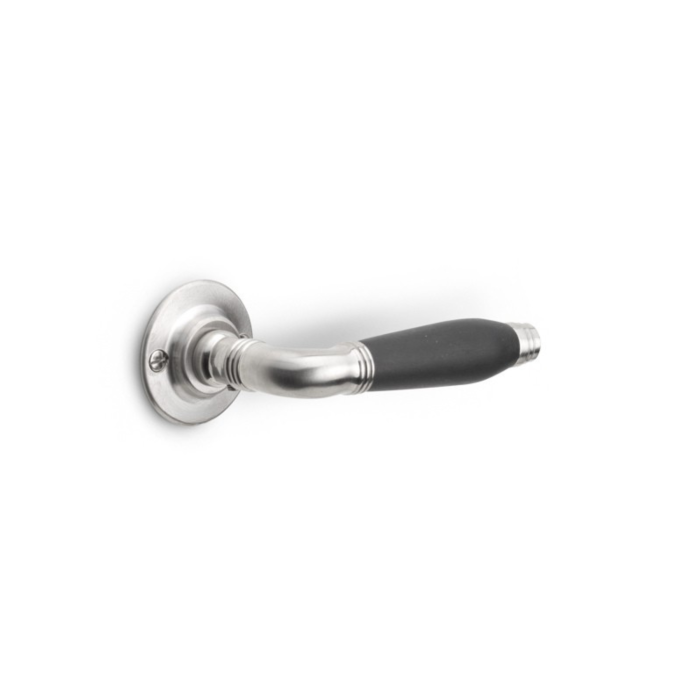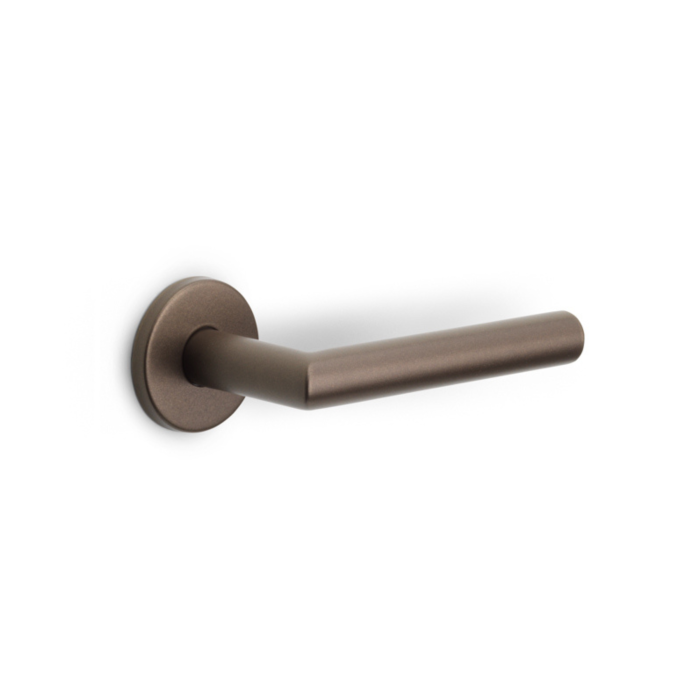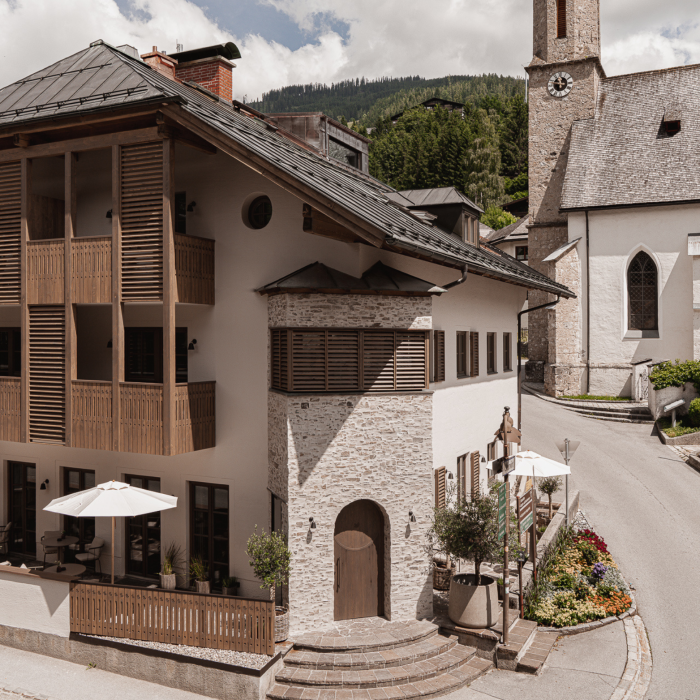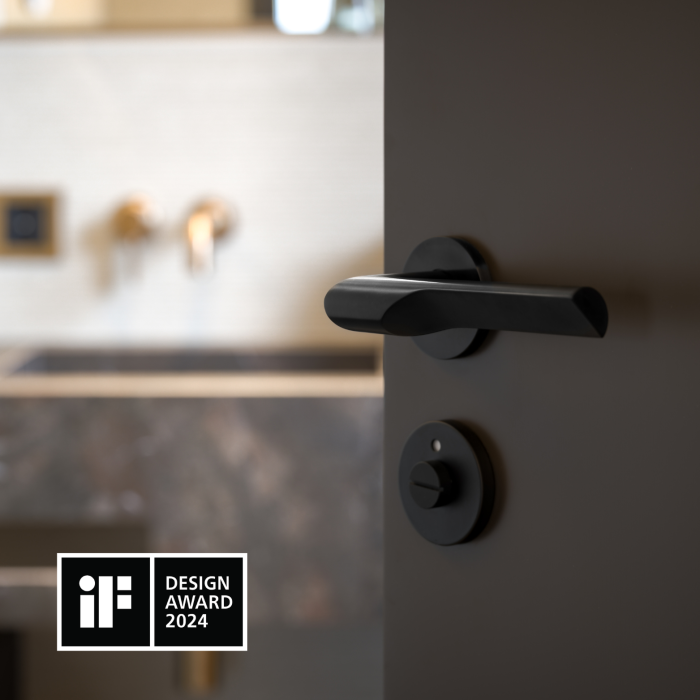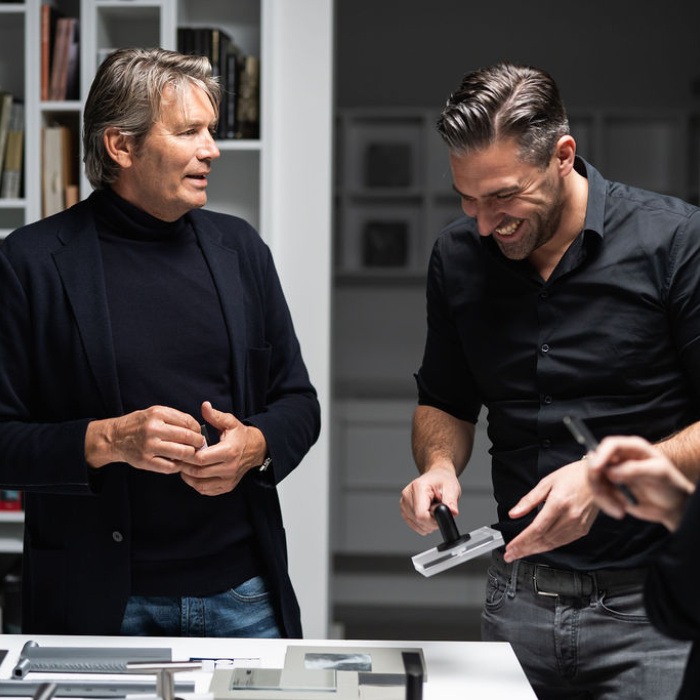The added value of door hardware
In high-end interior design, it is often the details that make the difference. Architecture and materials set the stage, but it is the refined accents that truly give a space meaning. Door hardware belongs in that category. It may seem like a small element, yet it profoundly shapes how an interior is experienced and used.
To better understand this role, we spoke with Studio Piet Boon. Their vision on the added value of hardware demonstrates how something seemingly minor can have a decisive impact on the overall atmosphere of a space. They referred in particular to their recent work for Rosewood Amsterdam, where the choice of hardware delivered a subtle yet defining contribution to the design.

More than a functional detail
A lever or pull handle is touched countless times each day. This makes it not only a technical component but also a way to render the atmosphere of a space tangible. A door handle is literally the first physical interaction with an interior: a detail that can invite, surprise, or instill a sense of calm.
As Studio Piet Boon emphasizes: “A door handle is, in a sense, an invitation to enter a space — a tangible handshake that introduces the atmosphere within.” For interior designers, this means that hardware should not only be selected for its aesthetics or fit with a style but also for the emotion and expectation it evokes. It is an opportunity to make the identity of a space perceptible even before the first step is taken.
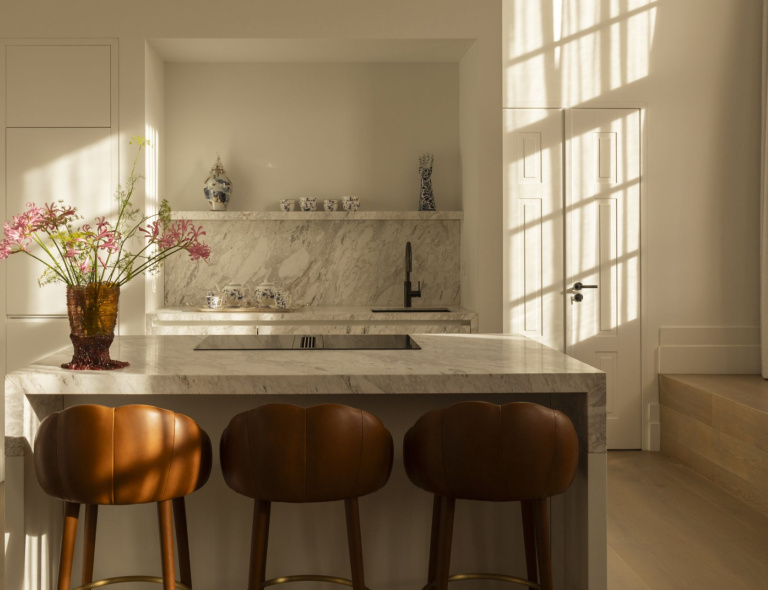
Consistency and design language
One of the greatest challenges in interior design is ensuring cohesion throughout a project. Hardware can play a subtle yet decisive role in this. A consistent design language across all spaces creates a sense of calm and unity, making an interior feel intuitive and well considered.
At the same time, hardware can create a deliberate tension. By applying modern hardware to historic doors — as was done at Rosewood Amsterdam — a dialogue emerges between past and present. The history of the building remains palpable, while a contemporary layer is added that anchors the whole in today’s time. For designers, this is a valuable example of how hardware not only supports but also contributes to storytelling.
Tactility and material experience
Beyond the visual aspect, the tactile experience of hardware is equally important. Because a handle is grasped countless times a day, the choice of material and finish largely defines the user’s experience. A matte PVD or powder-coated finish radiates understated luxury, while a patinated surface conveys a lived-in, timeless quality.
Studio Piet Boon stresses that this is not only about aesthetics but also about the sensory layer materials add: “A matte finish feels reserved, while a patinated surface tells the story of time. By consciously combining these nuances, a design gains a tangible personality.” In this way, finish becomes more than detail—it becomes a carrier of emotion.
Especially in hospitality projects, where hardware is used intensively, durability is key. PVD and powder coating provide protection against wear and discoloration, preserving the original appearance. At the same time, natural materials that age beautifully offer an authentic charm that only deepens over time. The result is a balance in which aesthetics, tactility, and longevity reinforce one another.
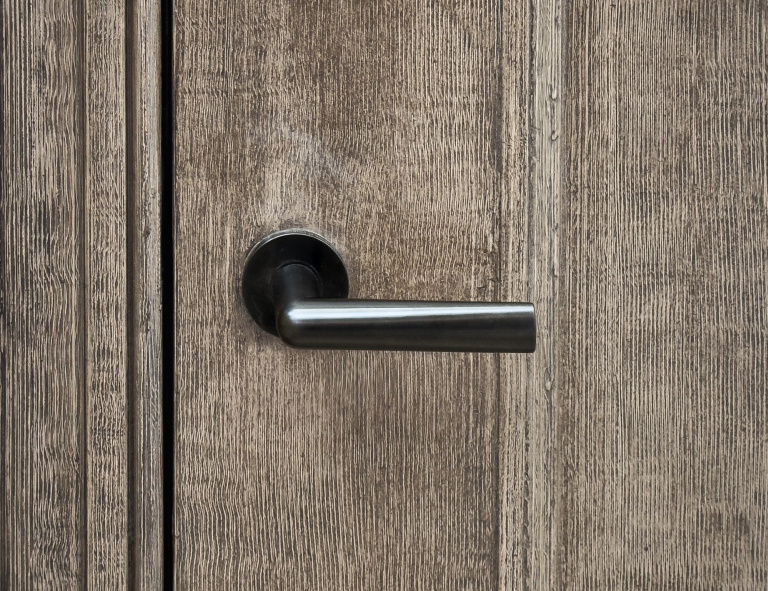

Balance in design choices
The true power of hardware reveals itself only in context. It never stands alone but is always part of a greater whole. Styling, art, and finishing are not separate elements but layers that together tell one story. Projects like Rosewood Amsterdam illustrate how hardware, art, and architecture complement and strengthen each other without competing for attention.
For Studio Piet Boon, this goes beyond aesthetics alone. Craftsmanship and circularity are equally important: they ensure that interiors not only radiate luxury but are also meaningful and future-proof.
Subtle yet defining
The essence of hardware lies in its subtlety. Rarely the focal point, it is nevertheless always present—at every entrance, every touch, every moment. And it is in this constant interaction that its meaning resides: it connects the greater whole and makes design tangible in everyday life.
Or, as Studio Piet Boon summarizes it: “The essence is understated luxury at a glance.” A statement that not only reflects their vision for Rosewood but also captures the broader role of hardware in interior design.
Want to read more about Studio Piet Boon’s vision?


